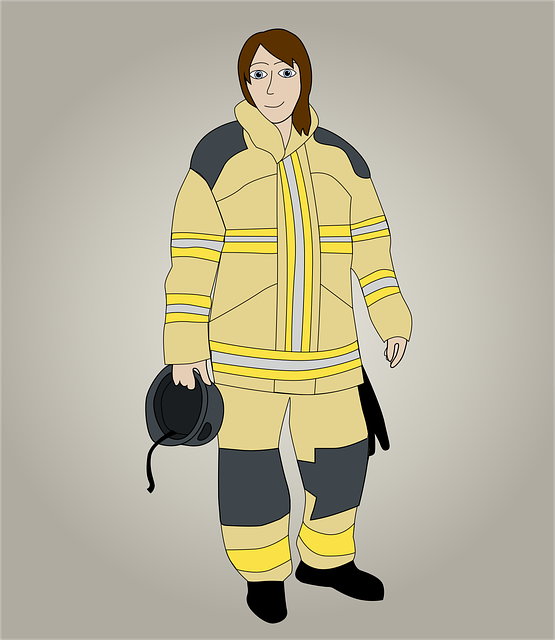London Skin Tag Removal options include surgical and non-surgical methods for various tags, sizes, and locations. While some prefer professional treatments, others use homemade remedies or preventive measures like cleanliness and fabric choices to manage skin tags.
In the quest for flawless skin, understanding and addressing skin tags is essential. These small, benign growths can be a nuisance, especially in adults. This article delves into the world of London skin tag removal, offering comprehensive guidance on various options, from surgical and non-surgical procedures to effective home remedies and preventive measures. By exploring these methods, you’ll gain valuable insights into achieving smooth, worry-free skin.
- Understanding Skin Tags: Causes and Types in Adults
- London Skin Tag Removal Options: Surgical and Non-Surgical
- Effective Home Remedies and Preventive Measures
Understanding Skin Tags: Causes and Types in Adults

Skin tags, also known as acrochordons, are small, soft skin growths that typically appear in areas where skin rubs against itself. They are extremely common, especially in adults over the age of 50, and can vary greatly in size, from a few millimetres to several centimetres. In London, many adults opt for London Skin Tag Removal procedures due to their cosmetic concerns or discomfort caused by these growths.
Causes include genetics, skin irritation, obesity, and hormonal changes. They often form in areas like the neck, armpits, groin, and waistline. While they are generally harmless, some people may choose to remove them for aesthetic reasons or if they become irritated or painful. Different types of skin tags exist, including single tags and cluster tags, and removal methods can vary depending on their size, location, and number.
London Skin Tag Removal Options: Surgical and Non-Surgical

In London, there are two primary methods for skin tag removal: surgical and non-surgical. Surgical removal involves a quick in-office procedure where a doctor cuts off the skin tag with a scalpel or laser, offering a permanent solution. This method is ideal for tags that are large, persistent, or located on sensitive areas.
Non-surgical options, on the other hand, include cryotherapy (freezing) and topical treatments. Cryotherapy involves applying liquid nitrogen to freeze and destroy the skin tag, while topical creams or salves can help shrink or remove them gradually over time. These methods are generally less invasive but may require multiple sessions for optimal results, making London skin tag removal accessible through various effective means.
Effective Home Remedies and Preventive Measures

Many people prefer home remedies for removing skin tags, especially if they’re seeking a London skin tag removal solution that’s cost-effective and non-invasive. One popular method involves applying apple cider vinegar, known for its acetic acid content, which can help dissolve the skin tag over time. Alternatively, duct tape has been used successfully by some; covering the skin tag with duct tape for several days can lead to its eventual disappearance.
Preventative measures are also crucial. Keeping the skin clean and dry, avoiding irritating fabrics, and refraining from biting or picking at skin tags can help prevent their formation or recurrence. Additionally, maintaining a healthy lifestyle with proper nutrition and hydration supports overall skin health, which can indirectly contribute to minimizing skin tag development.
Skin tags can be a minor yet embarrassing concern for many adults. Fortunately, with various removal options available in London, from surgical procedures to non-invasive treatments, there are effective solutions tailored to different preferences and budgets. Whether considering home remedies or professional care, understanding the causes and types of skin tags is key to making informed decisions. By choosing the right approach, adults can bid farewell to these small growths and regain their confidence. Remember, when it comes to London Skin Tag Removal, there’s an option for everyone.
